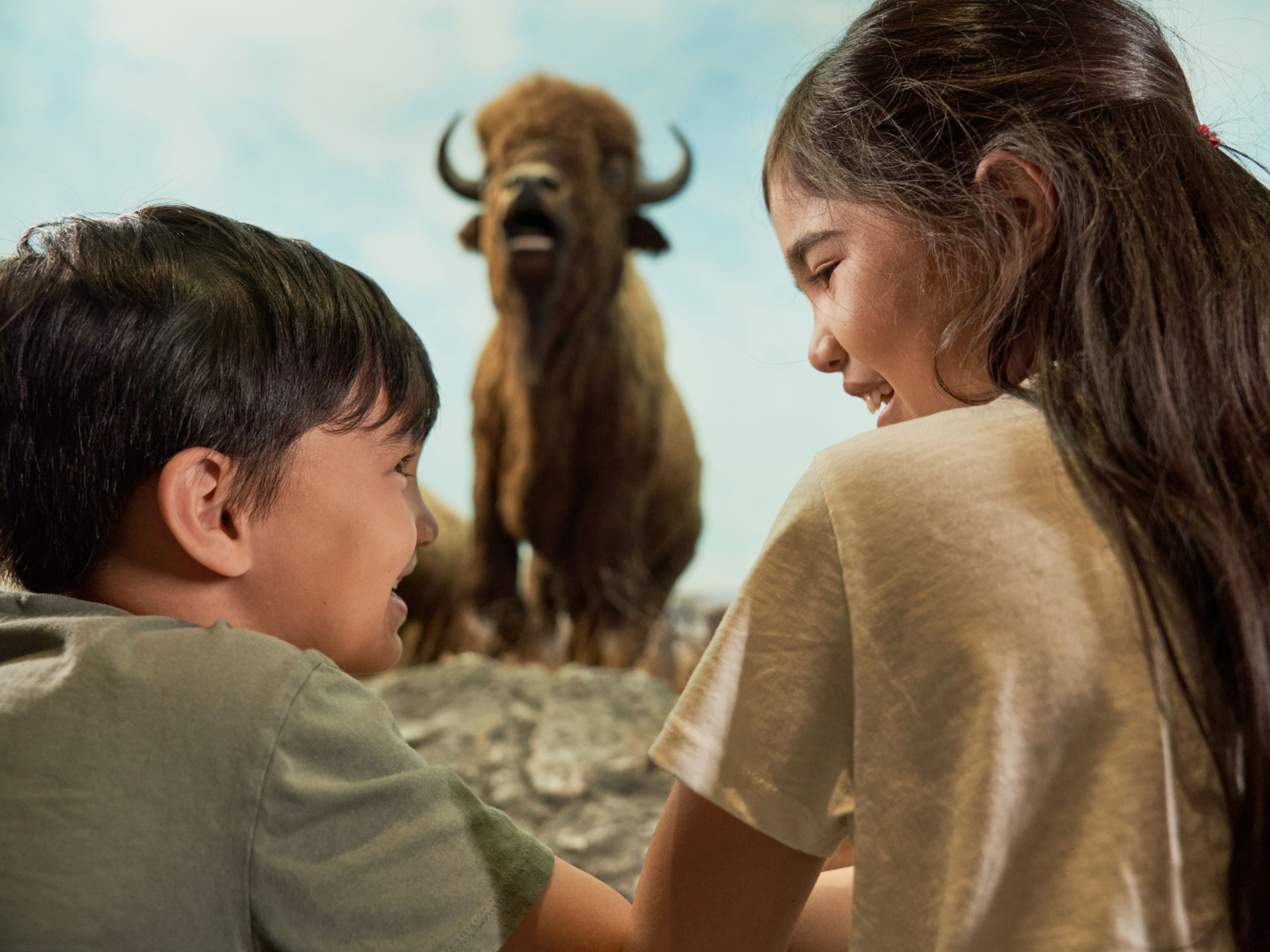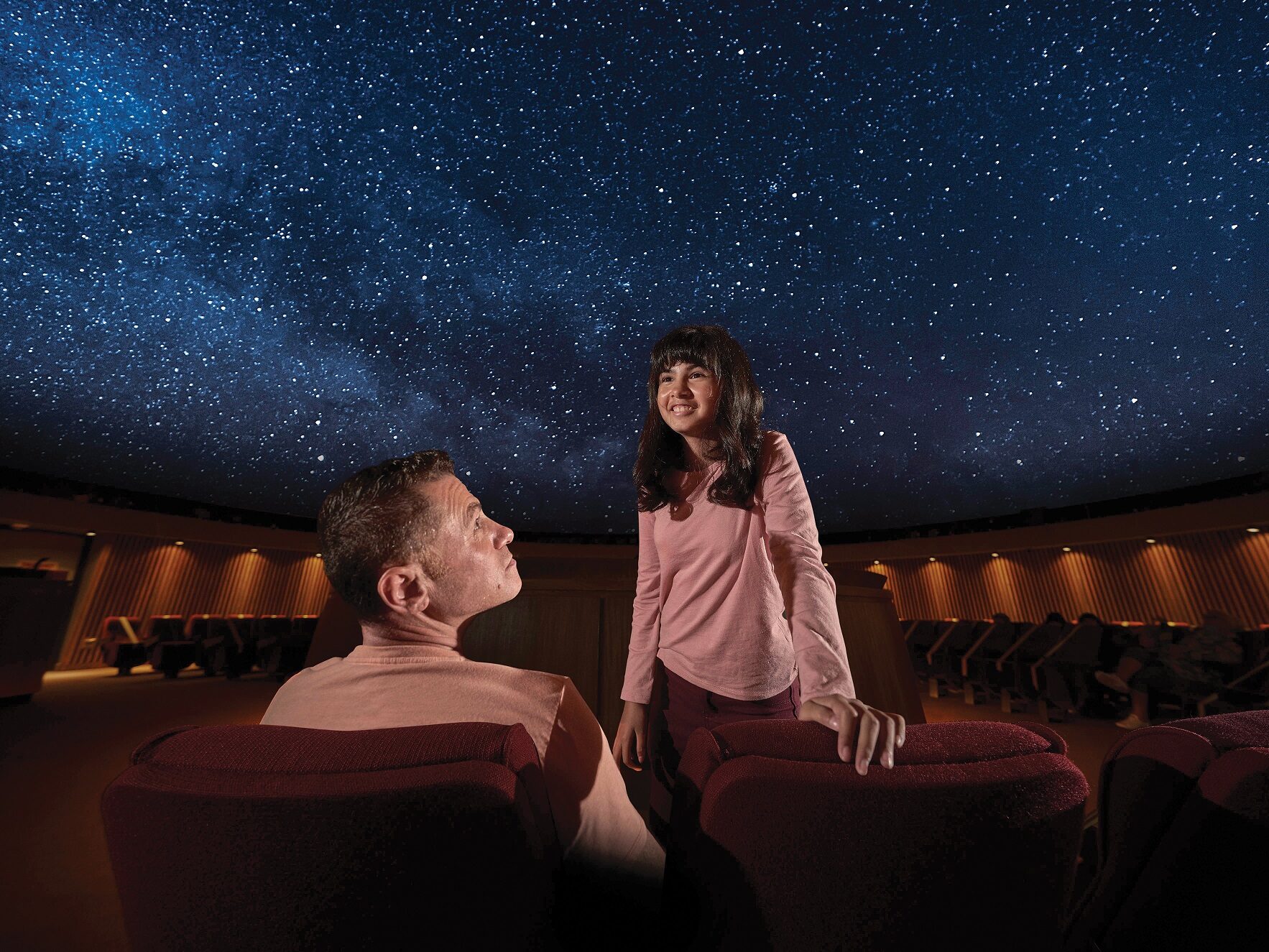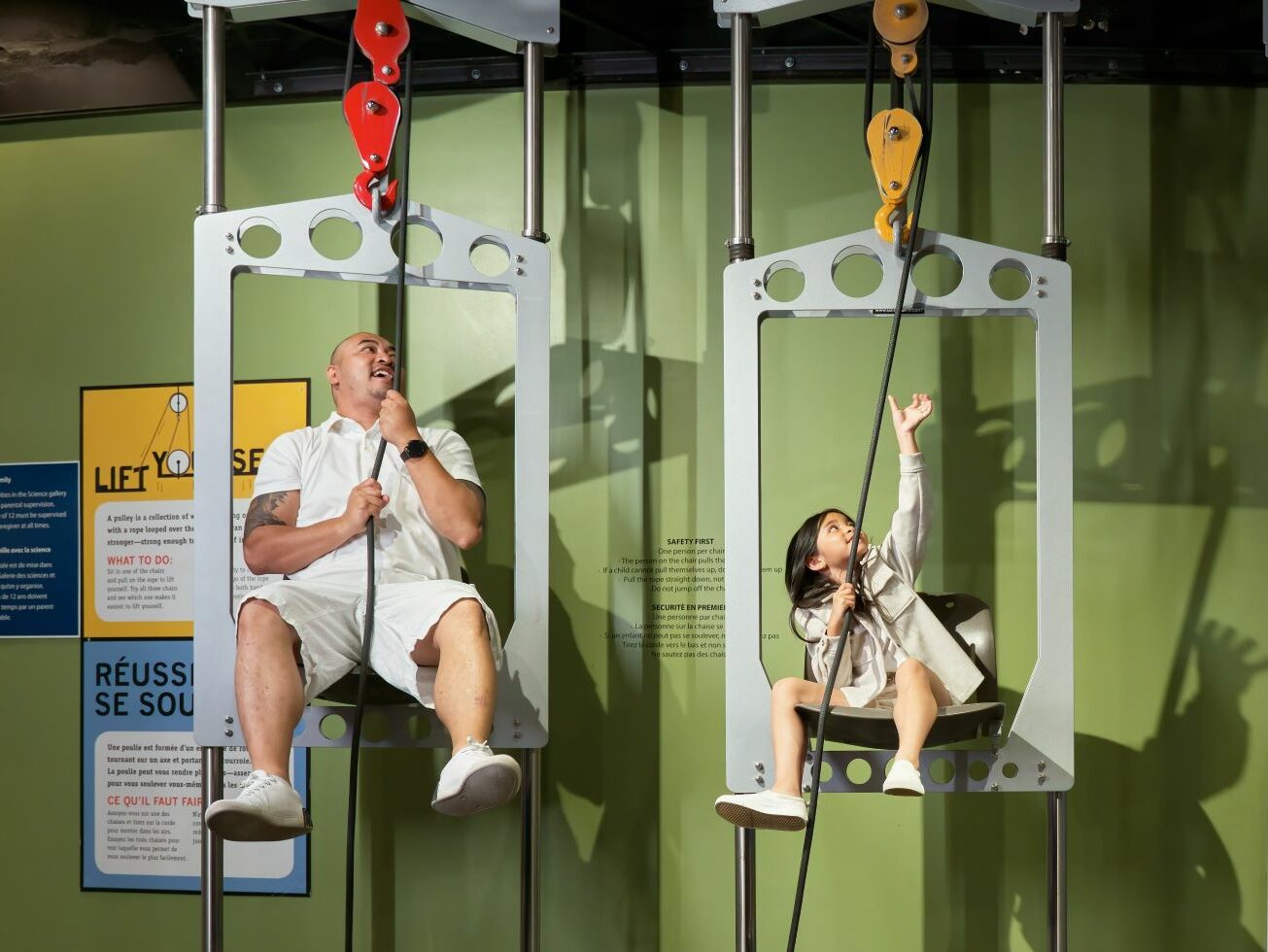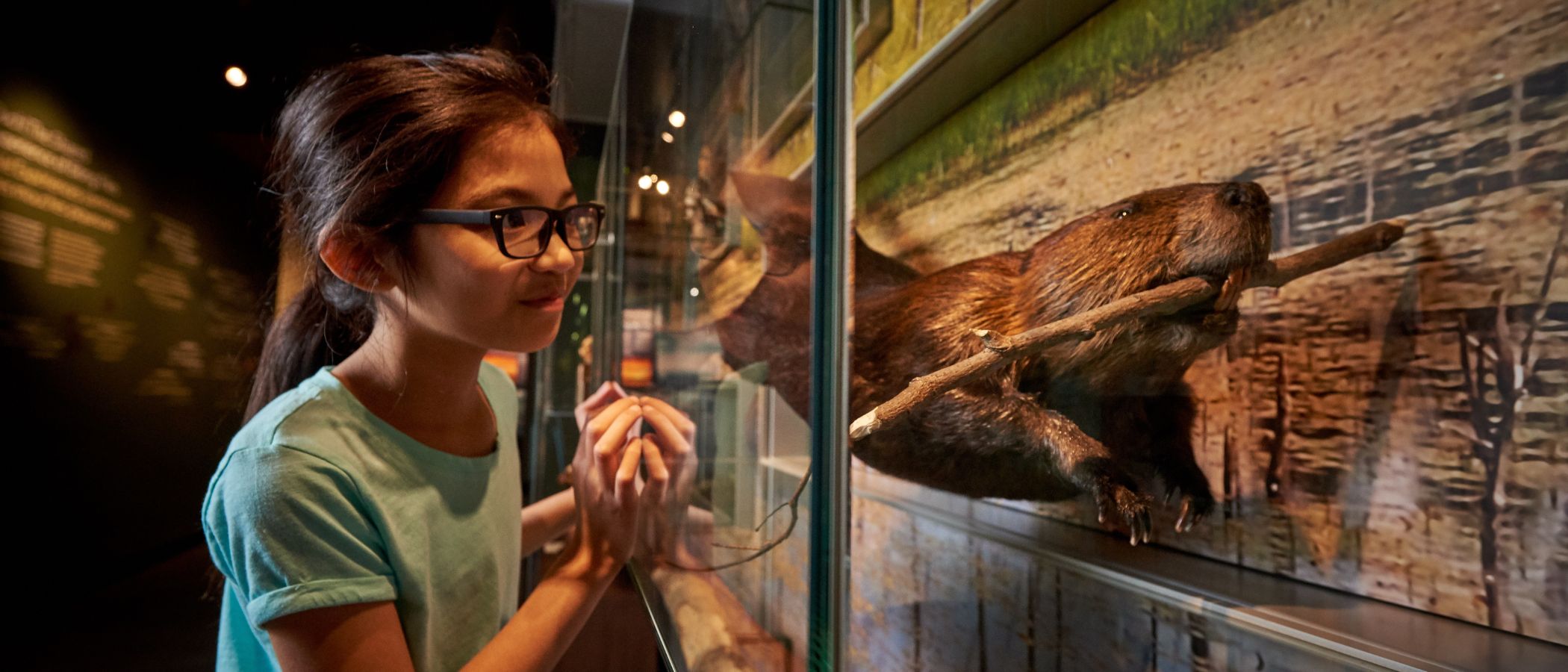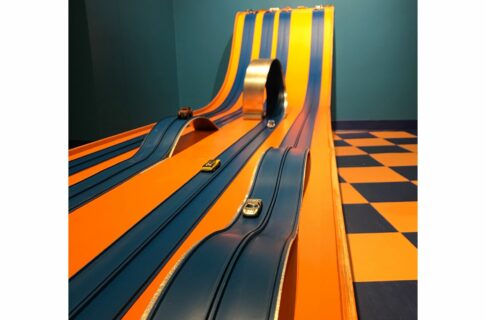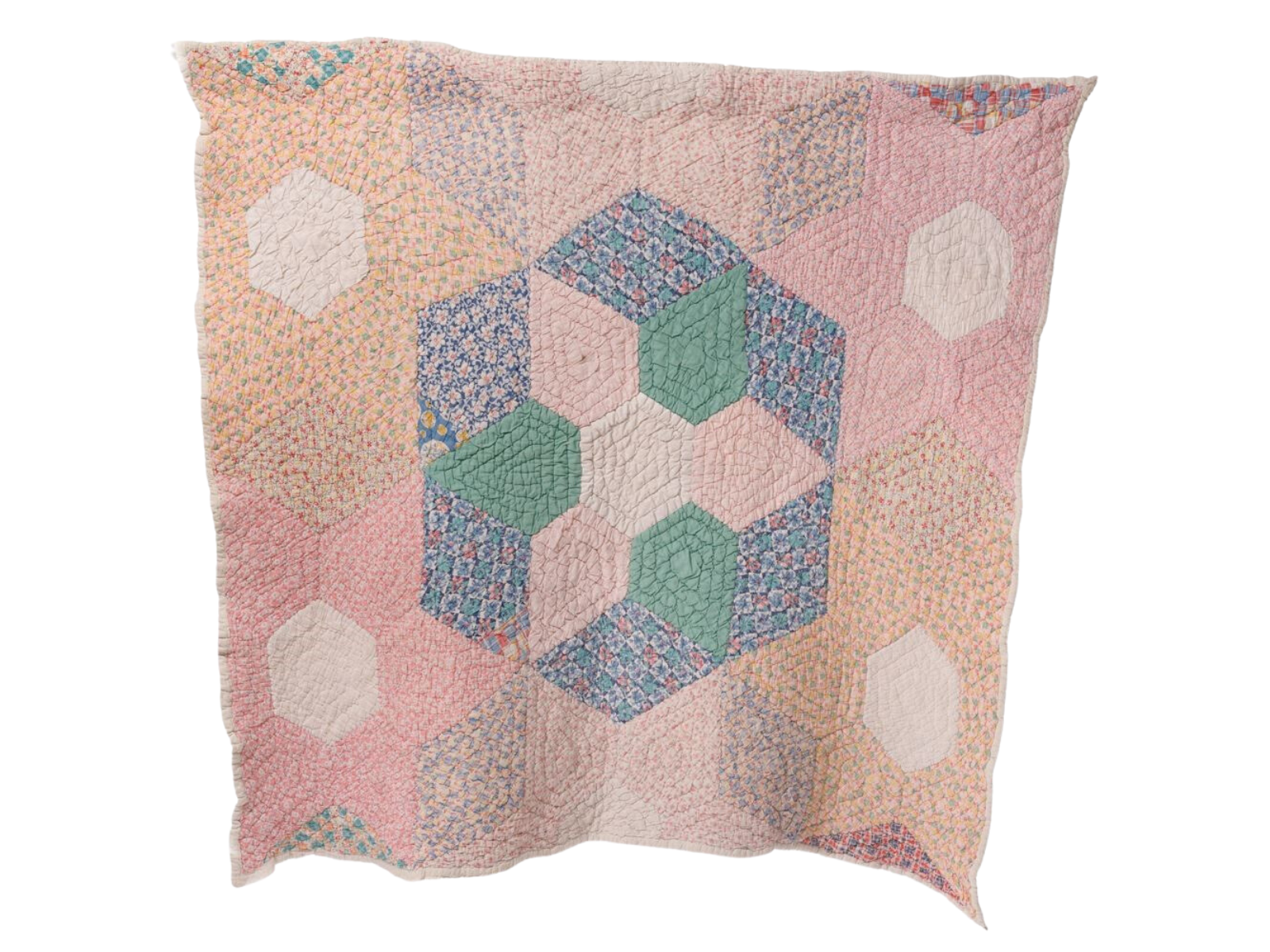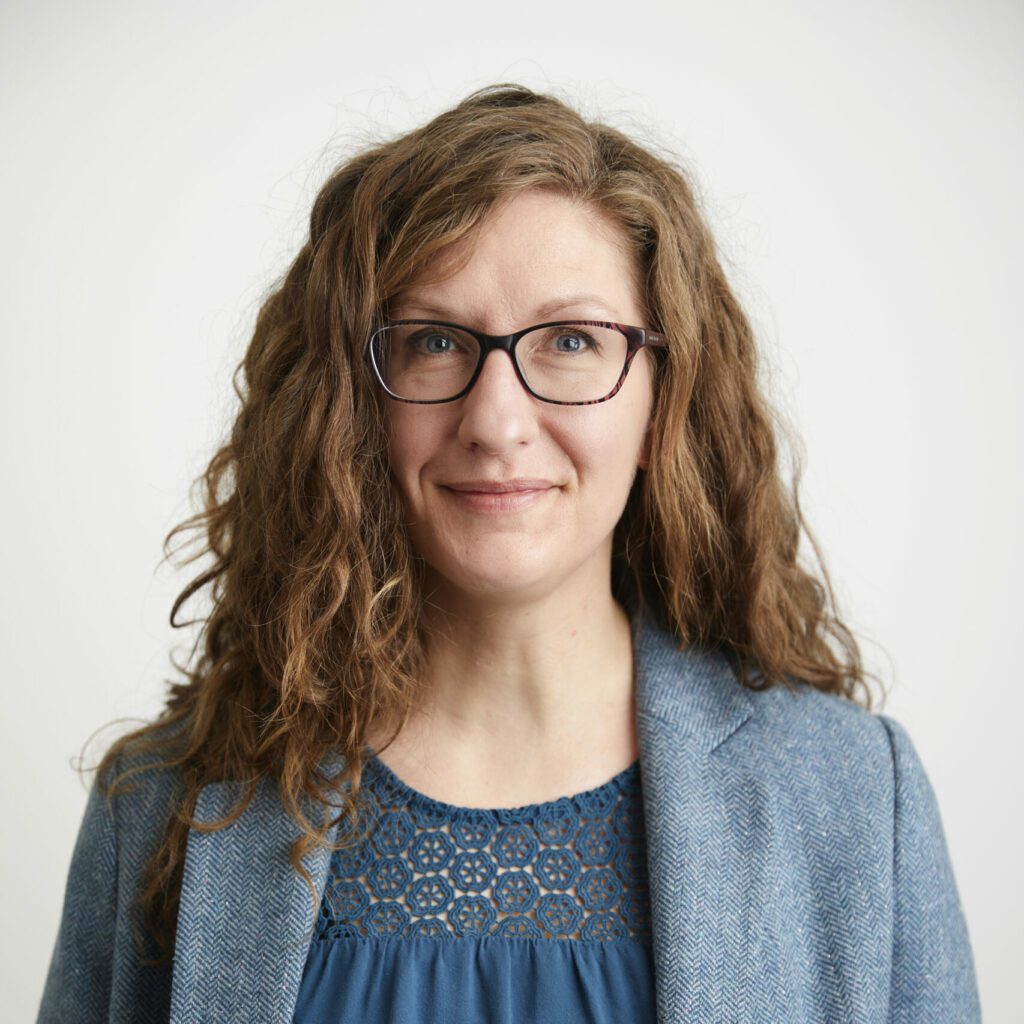Mika Pineda, Learning and Engagement Producer for Youth Climate Action at the Manitoba Museum, shares her thoughts on one of Earth’s most precious resources – water. Learn more about the importance of water with month-long water-based programming at the Manitoba Museum kicking off this World Water Day, March 22.
I always find water magical. It runs without any feet; it falls without getting hurt; it is a substance that exists in three different states: solid, liquid, and gas; and it makes up almost 60 percent of a human body!
Water is something that we all need to survive, and we use it every day. It quenches our thirst, cleans our clothes, allows us to cook food, and the list goes on and on.
As our weather begins to warm up and snow starts to melt, you’re probably starting to think of fun activities that you could do under the sun – from water balloon fights, soaking in the swimming pool, to kayaking at the lake – water allows us to enjoy all these things and many more!
You see, water is all around us; it covers 71 percent of the Earth’s surface! It’s something that we use whether we want to have fun or to meet our basic needs.
While summer is still a few months away for us to enjoy all the fun water activities, there’s no better time than now to start learning about this valuable resource with engaging programming at the Manitoba Museum!
First, come celebrate World Water Day 2023 with a viewing of our brand-new Planetarium show, The Enchanted Reef, premiering March 22 and running throughout Spring Break!
When their home reef is destroyed by a fishing trawler, three brave fish set out on a quest across the polluted ocean to find the “Enchanted Reef” — a legendary pristine haven under the sea. Full of humour and imagination, this film for the whole family is an undersea adventure that raises awareness about the impact of pollution on our oceans.
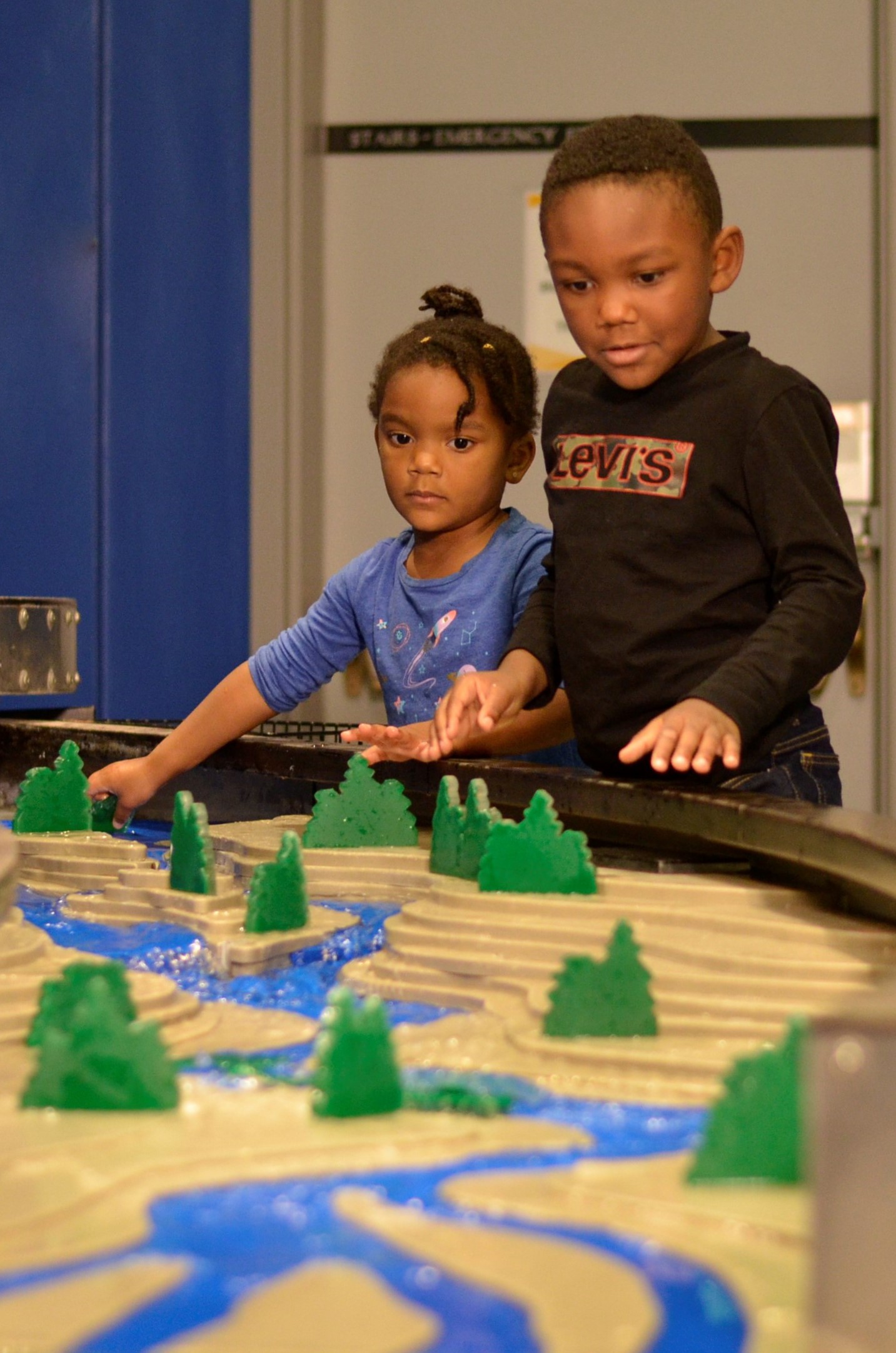
Continue the fun and join us for Spring Break running from March 25 to April 2. You’ll be able to see and touch a diverse array of shells, bones, furs, and fossils as you discover the amazing adaptations that help these animals live and thrive in lakes, ponds, rivers, and oceans throughout the world.
Try folding a jumping origami frog, make a fishy crayon rubbing, and learn how to tell the age of a fish using the power of microscopes! Then stop into our Auditorium to watch “H2WOAH!” science demonstrations and learn all about the wacky science of water.
